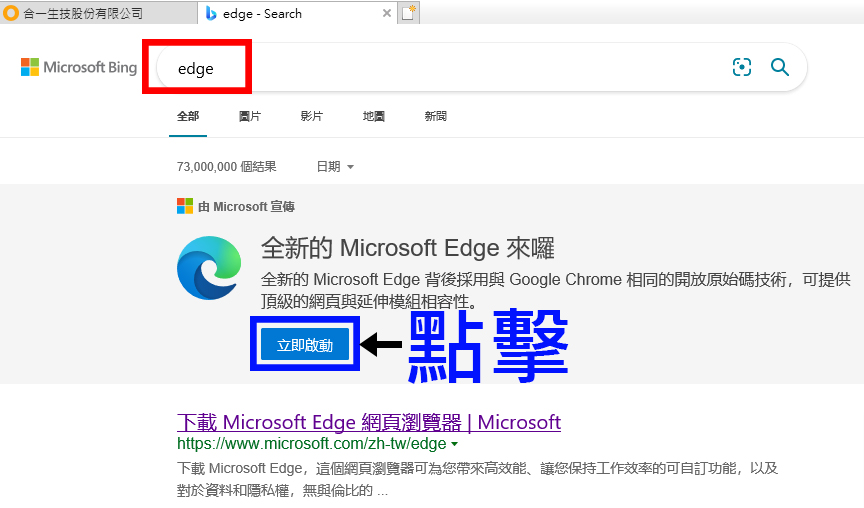| Subject |
FESPIXON, the new drug in treatment of diabetic foot ulcers has been approved as Class 1.1 natural new drug by National Medical Products Administration (NMPA) in China.
|
|
1.Product:FESPIXON, a new drug for the treatment of diabetic foot ulcers, has a generic name approved in China as Xianglei Tangzu Gao
2.Mass production date:NA
3.Effect on company finances and business:
(1)New drug name or code:FESPIXON (research code: ON101)
(2)Purpose:
A.Treatment of diabetic foot ulcers.
B.Information Website:https: https://www.nmpa.gov.cn/
(3)Planned development stages:The second phase 3 clinical trial (ON101CLCT04) in the US, and other exploratory studies for new indications.
(4)Current development stage:
A.File application/approved/disapproved/Each of clinical trials (include interim analysis):The new drug application (NDA) of FESPIXON, the new drug in treatment of diabetic foot ulcers, has been approved by National Medical Products Administration (NMPA) in China. The approved generic name is Xianglei Tangzu Gao, and the approval number is ZC20230001.
B.Once disapproved by competent authority or each of clinical trials (include interim analysis) results less than statistically significant sense, the risks and the associated measures the Company may occur:NA
C.After obtaining official approval or the results (include interim analysis) of statistically significant sense, the future strategy: Microbio (Shanghai) Co., Ltd. will be responsible for the marketing and sales of FESPIXON.
D.Accumulated investment expenditure incurred:No disclosure of the investment expenditure at the moment in consideration of the future marketing strategies.
(5)Upcoming development plan:
A.Scheduled completion date:The second phase 3 trial in the US is scheduled to complete in 3-4 years after initiation accroding to the current plan.
B.Estimate responsibilities:After product commercialization, the company shall pay the licensor a certain percentage of royalties according to the agreement during the validity of licensed patents.
(6)Market:Diabetes has evolved from a rare disease to an epidemic one in China. According to the International Diabetes Federation (IDF) data in 2021, there were 141 million adult diabetic patients in China, with a prevalence rate of 13.0%. The increase in diabetic foot ulcers has also been significant, at approximately 6.3% prevalence globally. Among Chinese diabetic patients at the age of 50 years or above, the incidence of diabetic foot ulcers reached 8.1%. It is estimated there are over 7.5 million DFU patients in China. The amputation of a diabetic limb occurs every 20 seconds worldwide. The mortality rate of DFU patients is 11% per year while it is even higher, reaching 22% if they had an amputation. The five-year mortality rate for DFU patients after amputation is approximately 50%, posing a severe threat to their lives. The costs of treating diabetic foot ulcers is enormous, accounting for approximately one-third of the total diabetes-related medical expenses, causing significant burdens on patients, families, hospitals, and society.
4.Any other matters that need to be specified(the information disclosure also meets the requirements of Article 7, subparagraph 8 of the Securities and Exchange Act Enforcement Rules, which brings forth a significant impact on shareholders rights or the price of the securities on public companies.):
(1)FESPIXON is the first Class 1.1 natural new drug approved in China and also the only new drug approved specifically for the treatment of diabetic foot ulcers in China.
(2)The exclusive right to commercialize FESPIXON in China, Hong Kong and Macau has been licensed to Microbio (Shanghai) Co., Ltd..
(3)According to Guidelines by Taipei Exchange on the Material Information Announced by Listed and OTC Companies, new drug development companies shall make public announcement when filing application for clinical trials to domestic or overseas regulatory authorities, receiving approval or disapproval, obtaining the statistical date of endpoints in each clinical trial (including interim analysis), or receiving approval or disapproval on drug license application.
(4)It takes considerable time and expenses to develop a new drug of which success can't be guaranteed. Investors shall bear such investment risk that warrants careful assessment before making investment decisions.
|





